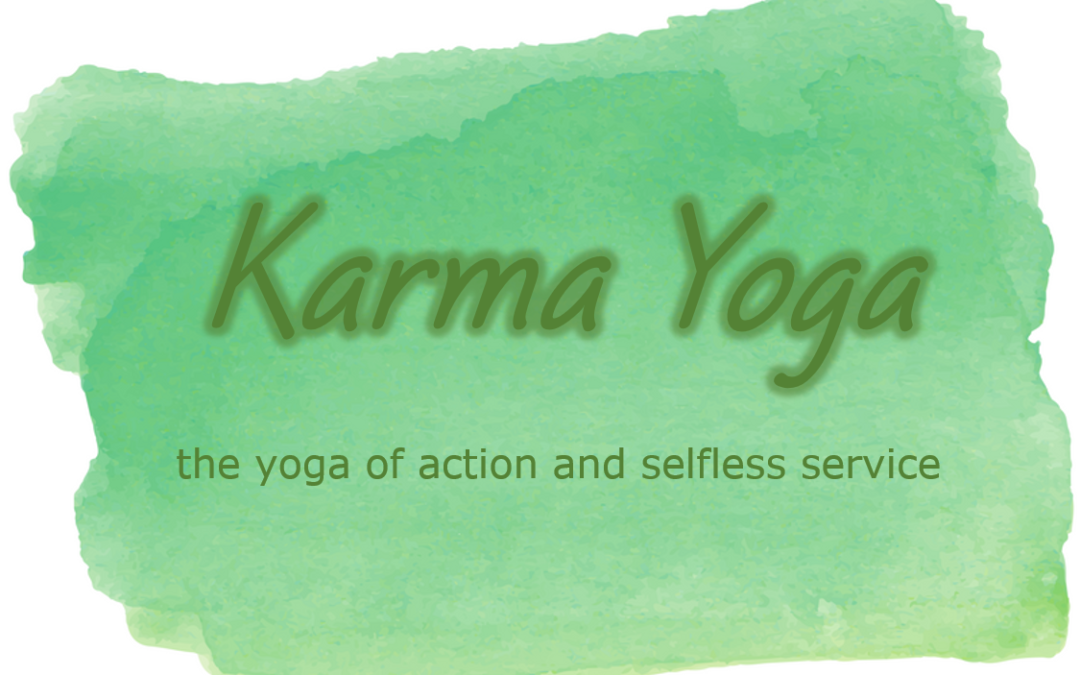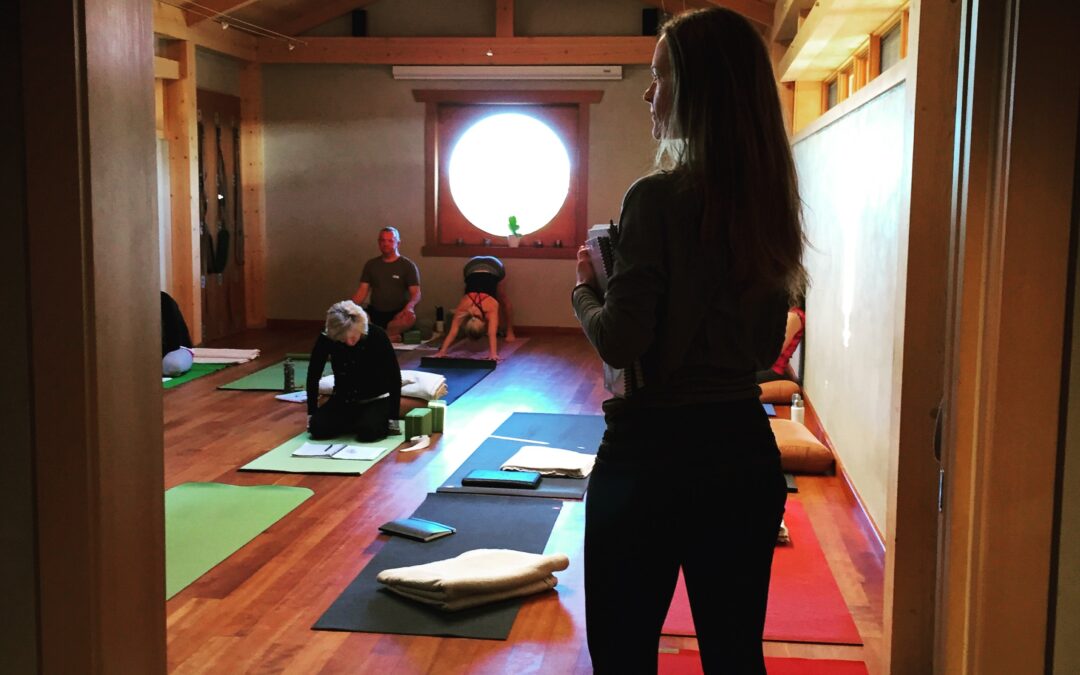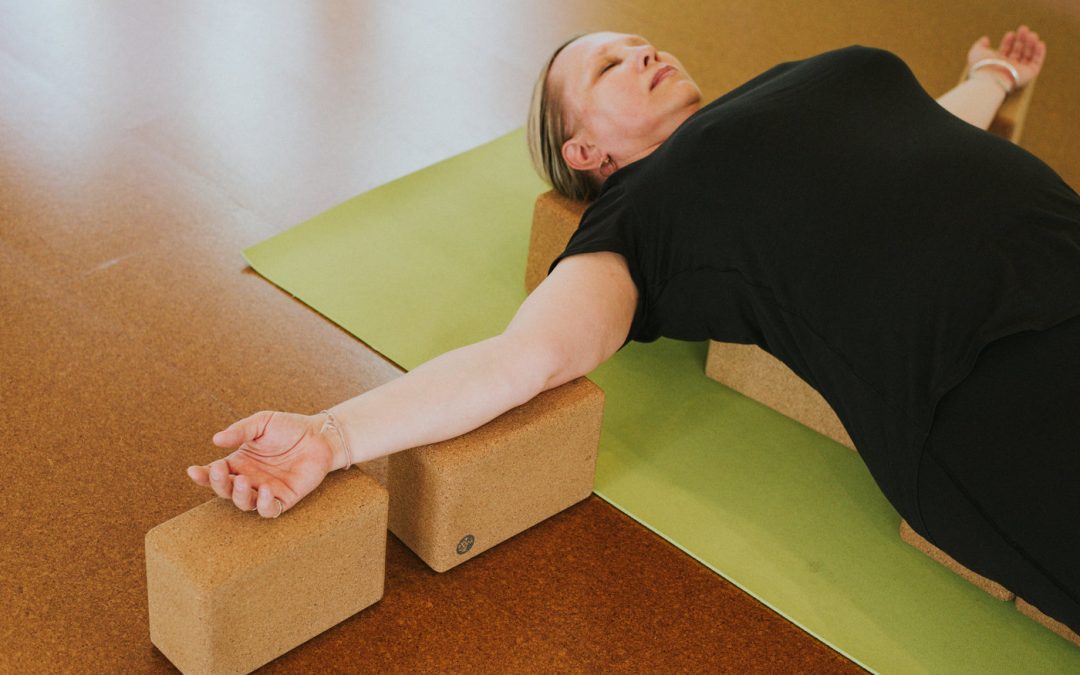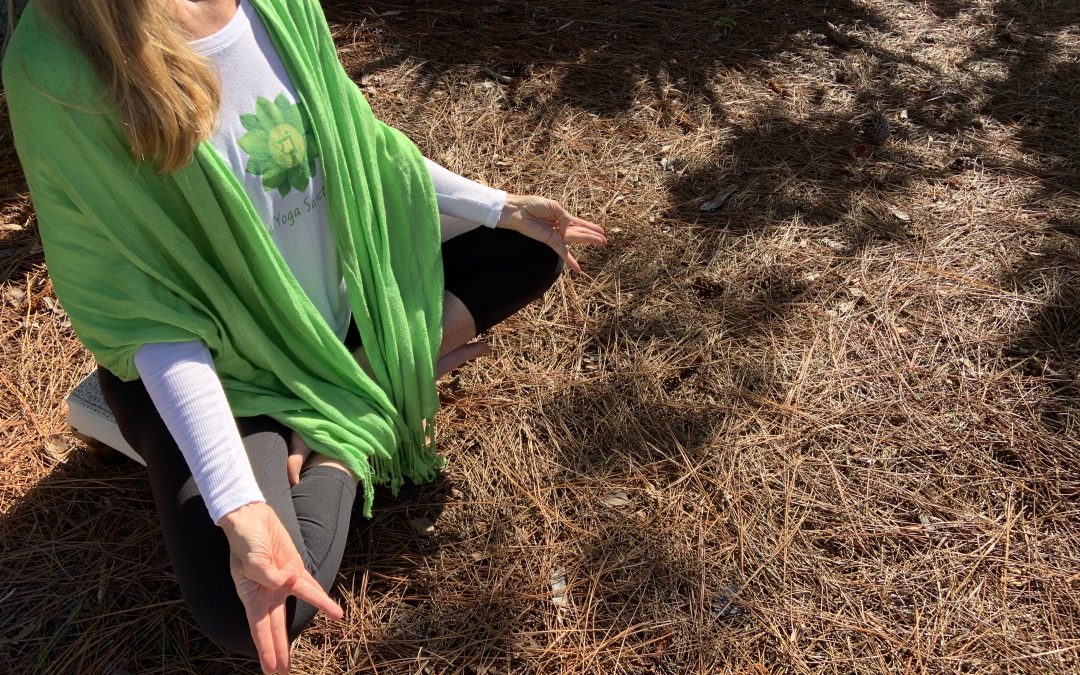Tantra yoga involves the philosophy that explains the creation and existence of the universe and everything in it. While many mistakenly believe that Tantra yoga is the practice of sexual acts in a spiritual manner, Tantra yoga actually involves “a deeper...
New to Yoga
Practices
Yoga in Your Daily Life
Yoga Beyond Asana
Sister Sciences »
Our Sangha »
Yoga Beyond Asana
Meditation 101
Meditation is a practice that brings about a state of mind in which the present moment is fully experienced. It can sound esoteric and even elusive, but meditation is actually very practical. Meditation helps to calm the incessant stream of thoughts flowing through...

Raja Yoga
Raja Yoga is the royal branch of yoga. It is rooted in meditation, but encompasses all forms of yoga. Also known as Ashtanga Yoga, or the eight limbs of yoga, Raja yoga is a comprehensive practice with an aim of transcending the thoughts of the mind. Raja Yoga is the...
Bhakti Yoga: The Yoga of Devotion
Bhakti Yoga is the branch of devotion. It integrates a spiritual aspect to yoga. That spirituality can take the form of religion or a connection to God, nature, love, or a higher power. At its essence, Bhakti Yoga helps us to realize our connection to all that...

Practicing Karma Yoga: The Yoga of Selfless Service
Karma Yoga is often described as the yoga of action and selfless service. It asks us to engage fully in life—doing, working, giving—without the expectation of reward or recognition. In the Bhagavad Gita, Krishna reminds us: :Work alone is your privilege, never the fruits thereof. Never let the fruits of action be your motive; and never cease to work” Read more…

In all Earnestness: Yoga Sutra 1.14
By Jennifer French In the Yoga Sutras, one of yoga’s most sacred and oft referenced texts, Patanjali tells us that our “practice becomes firmly grounded when well attended to for a long time, without break, and in all earnestness.*” When I think on firmly grounded, I...
Jnana Yoga: The Yoga of Knowledge
Jnana Yoga is the branch of knowledge, wisdom, introspection, and contemplation. The study of classical texts, such as the Bhagavad Gita, Mahabrata, Ramayana, the Vedas, and the Upanishads form the basis of Jnana Yoga. It is important to understand, however, that...
The Six Branches of Yoga
For the majority of Westerners, yoga begins with the physical asana (posture) and pranayama (breathing) practice. For this reason, in the West yoga has come to be loosely defined as primarily a physical practice. But the reality is,...
Anandamaya Kosha
The last of the five koshas is anandamaya kosha—the bliss sheath. Anandamaya encompasses not the feeling of bliss, but rather, the experience of bliss. In contrast to vijnanamaya kosha, you do not witness the bliss...
Vijnanamaya Kosha
The fourth of the five koshas is vijnanamaya kosha—the wisdom sheath. Vijnanamaya encompasses intuition and intellect. It can be thought of as the witness mind, or that aspect of our consciousness that is not entangled...
Manomaya Kosha
The third of the five koshas is manomaya kosha—the mind sheath. Manomaya encompasses the processing of thoughts and emotions. It is the connection point between the lower and upper two sheaths. It involves the functions...
The Power of OM
If you have practiced yoga for any length of time, you are likely familiar with the sound of OM. Often chanted at the beginning and/or end of class, OM is a seed mantra, or a one-syllable chant. Possibly the quintessential Sanskrit mantra due to its vibrational nature...
Pranamaya Kosha
The second of the five koshas is pranamaya kosha—the energy body. The vital energies of the body—also known as prana—on the physiologic level and on a more subtle level, are contained within this kosha. Prana does not necessarily “reside” within the body, as it...
Anamaya Kosha
The first of the five koshas is anamaya kosha—the physical body. Your limbs, torso, and head; your skin, muscles, bones, and organs—everything that makes up your body, inside and out, is the anamaya kosha. The practice of yoga begins with the anamaya kosha because it...
The Koshas
The yoga practice is often said to be a mind-body or mind-body-spirit practice. One explanation for this is found in the presence of the five koshas—the “layers” or “sheaths” that exist to help integrate the different aspects of our being. The koshas help up perceive...

Understanding Udana Vayu: The Ascending Energy of Expression
Udana vayu, also known as “ascending air,” is the prana vayu that directs prana from the lower chakras to the upper chakras. This upward-moving energy carries the awakened kundalini—our dormant spiritual energy—through the chakras as it ascends, facilitating a deeper connection to higher consciousness. Udana vayu is primarily located between the heart and the head, where it governs our ability to express ourselves and communicate clearly.

Understanding Vyana Vayu: The Omnipresent Energy that Integrates All Vayus
Vyana vayu, often called “omnipresent air,” is the prana vayu that integrates and coordinates the other four vayus—prana, apana, samana, and udana. Unlike the other vayus, which are associated with specific areas of the body, vyana vayu is present throughout the entire body and even extends outward, influencing the energy field or aura surrounding us. Vyana vayu is the glue that holds the other energies together.

Understanding Samana Vayu: The Balancing Energy of Digestion and Assimilation
Samana vayu, often called “balancing air,” is the prana vayu that sits at the intersection of prana (the inward/upward-moving energy) and apana (the outward/downward-moving energy). This central force unites the two energies, creating balance in both body and mind. Located at the navel, samana vayu governs agni, the digestive fire, which is the fire of purification. When prana and apana unite within samana, agni burns optimally, supporting the body’s ability to assimilate and process what it receives.

Understanding Apana Vayu: The Downward and Outward Flow of Energy
Apana is the prana vayu that governs the downward and outward flow of energy from the body. It is the energy of release, responsible for physical elimination, as well as the release of mental and emotional waste. Apana vayu plays a crucial role in keeping us clear, balanced, and grounded.
Take Your Practice off the Mat
The yoga practice is designed to promote a feeling of calm, peace, and equanimity. The movements are fluid and synched to the breath. The mind finds relative ease and less distraction. The atmosphere is usually relaxing. While the environment in which we practice yoga...
